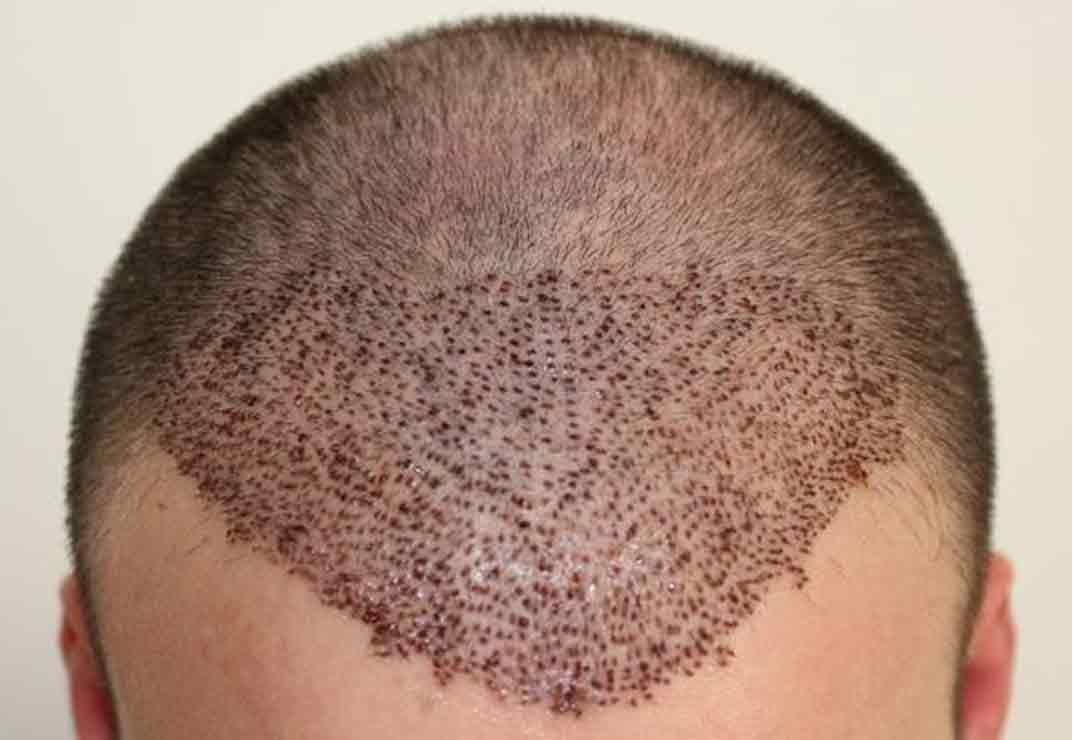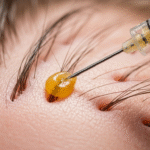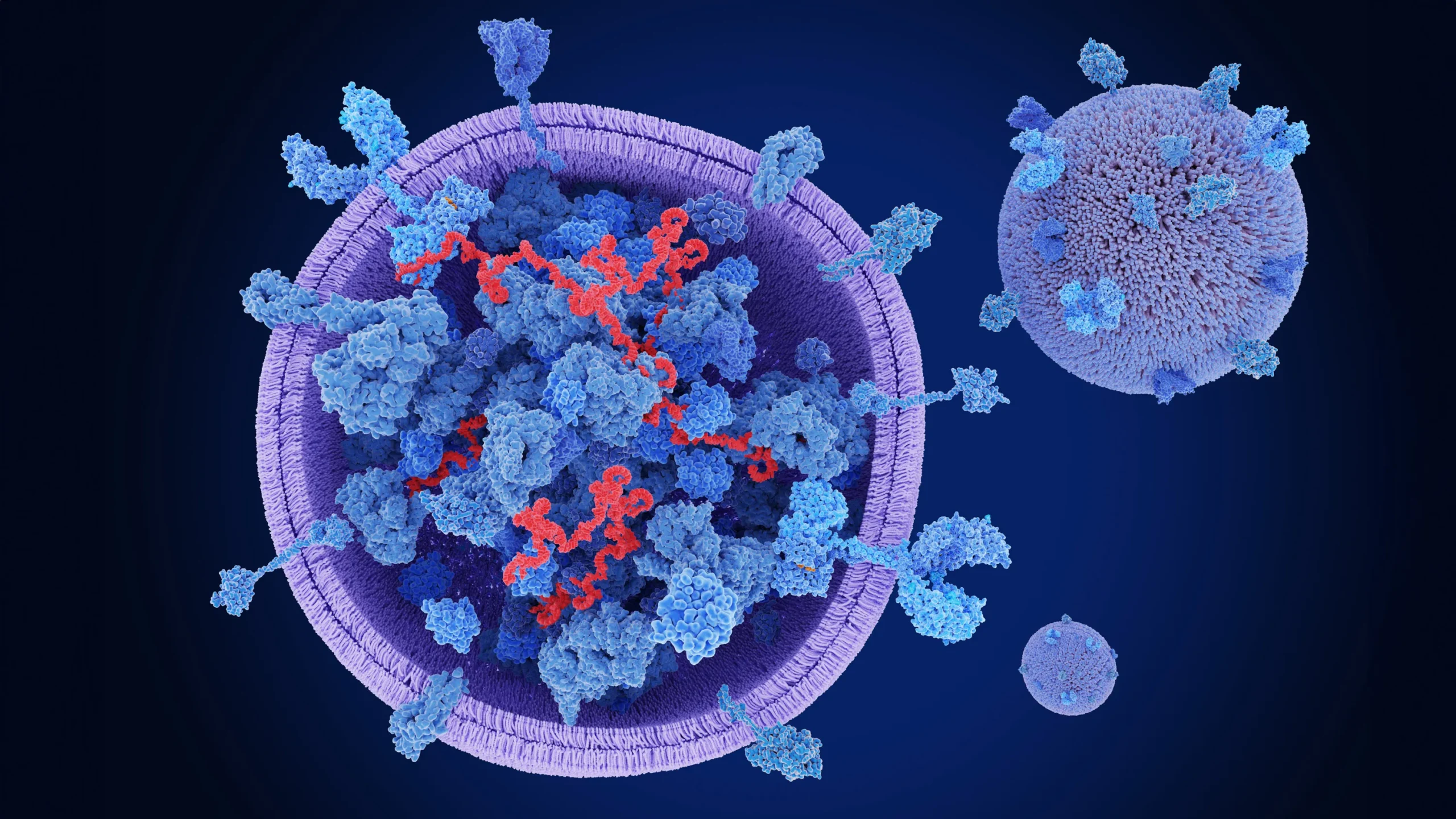Hair transplants have become a go-to solution for individuals suffering from hair loss, but many people worry about the visible scarring that comes with the procedure. Trichophytic closure is an advanced technique that has revolutionized the way hair transplant surgeons deal with donor site scars. Trichophytic Closure in Hair Transplants is designed to minimize scarring …
Hair transplants have become a go-to solution for individuals suffering from hair loss, but many people worry about the visible scarring that comes with the procedure. Trichophytic closure is an advanced technique that has revolutionized the way hair transplant surgeons deal with donor site scars.
Trichophytic Closure in Hair Transplants is designed to minimize scarring and improve the aesthetic results of hair restoration. In this article, we will explore what trichophytic closure is, how it works, its benefits, and why it’s an excellent option for many hair transplant candidates.
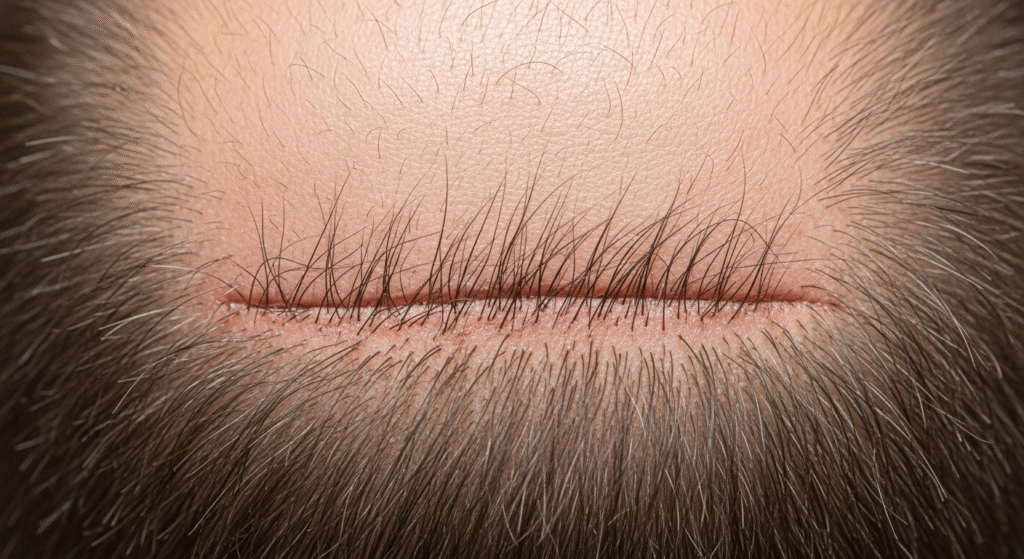
What Is Trichophytic Closure?
Trichophytic closure is a specialized technique used in Follicular Unit Transplantation (FUT) hair transplants to minimize the appearance of donor area scars. The procedure involves trimming the edges of the wound from the donor site and suturing them in a way that allows hair to grow through the scar tissue. This not only improves the healing process but also reduces the visibility of the scar.
How Does Trichophytic Closure Work?
In a typical FUT procedure, a strip of hair-bearing tissue is removed from the donor area, usually from the back or sides of the head. This area is then sutured closed, but in standard closure techniques, the scar can be visible, especially with short hairstyles. Trichophytic closure, however, involves cutting the edges of the wound in a way that hair follicles can grow through the scar. This helps blend the scar into the surrounding hair, making it much less noticeable.
Comparison with Traditional Closure Techniques
Traditional hair transplant closures leave behind a linear scar that can be visible when hair is cut short. The trichophytic closure method significantly reduces this visibility by promoting natural hair growth through the scar. It’s a technique that can help achieve a more discreet and natural-looking result for individuals who want to wear their hair short after a hair transplant.
Benefits of Trichophytic Closure
Trichophytic closure offers several advantages over traditional hair transplant closure techniques. Here are some of the key benefits:
Trichophytic Closure in Hair Transplants: Minimized Scarring
One of the primary advantages of trichophytic closure is the reduced visibility of the donor scar. This technique is especially beneficial for patients who want to keep their hair short post-transplant. Since hair grows through the scar tissue, it blends naturally with the surrounding hair, making the scar less noticeable.
Enhanced Aesthetic Results
The ability to camouflage the scar with growing hair is a significant advantage. Trichophytic closure creates a more aesthetically pleasing result, particularly for those with a high hairline or those who prefer wearing shorter hairstyles.
Faster Healing Time
In comparison to traditional closure techniques, trichophytic closure may result in faster healing times. This is because the hair follicles growing through the scar tissue help facilitate the healing process, reducing inflammation and promoting quicker recovery.
The Trichophytic Closure Procedure
The process of trichophytic closure is a carefully planned and executed part of the hair transplant surgery. Here is a step-by-step guide to the procedure:
Step-by-Step Process
- Donor Area Harvesting: A strip of hair-bearing tissue is removed from the donor site, typically at the back of the head.
- Edge Trimming: The edges of the wound are carefully trimmed in a way that creates a slanted edge, allowing the hair follicles to grow through the scar.
- Suturing: The edges are sutured together in a way that ensures the hair follicles can grow through the scar tissue. This is done using fine sutures to minimize tension on the scalp and promote better healing.
- Post-Operative Care: After the procedure, patients are given specific care instructions to ensure the donor site heals properly and the hair grows through the scar.
Ideal Candidates for Trichophytic Closure
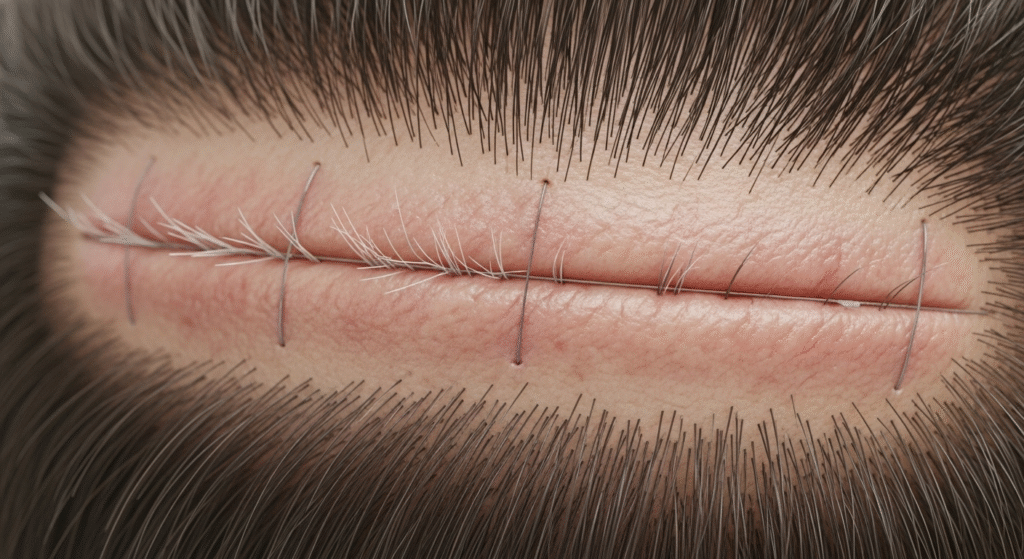
While trichophytic closure is a highly effective technique, it is not suitable for everyone. The following factors determine whether a patient is a good candidate for this procedure:
Hair Type Considerations
Trichophytic closure works best for individuals with sufficient hair density in the donor area. Those with thick, healthy hair that can effectively cover the donor site scar will benefit most from this technique.
Scalp Laxity
Patients with sufficient scalp laxity (flexibility of the scalp) are ideal candidates for this procedure. The ability to stretch the skin without tension allows for better closure and more natural healing.
Previous Scarring
Individuals who have undergone previous hair transplants and are unhappy with the appearance of their scars may benefit from trichophytic closure. This technique can improve the look of old scars, particularly those from FUT procedures.
Potential Risks and Considerations
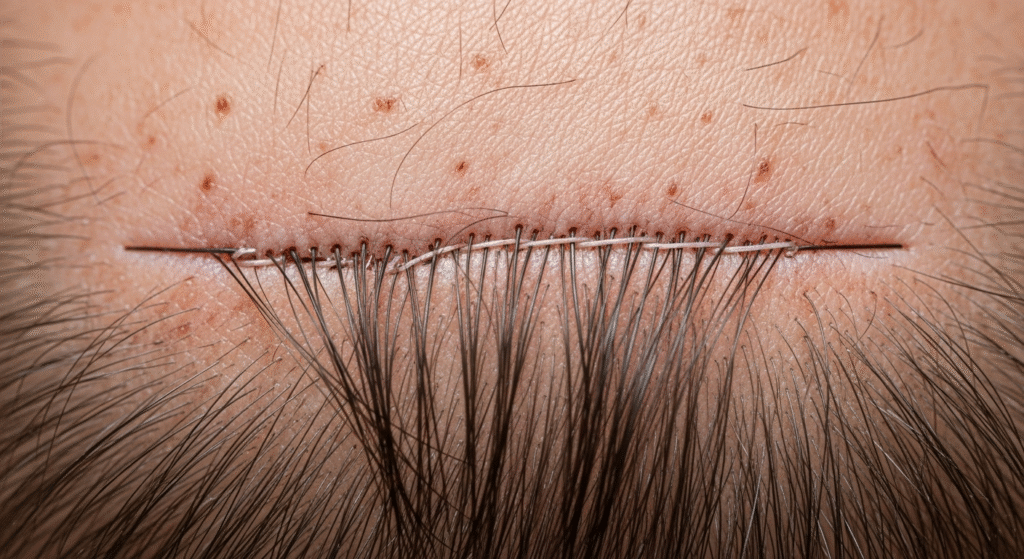
While trichophytic closure offers numerous benefits, it’s important to consider the potential risks and limitations of the procedure.
Scar Visibility
Although trichophytic closure reduces scarring, it may not eliminate it completely. Some scarring may still be visible, particularly if hair density is low or if there is not enough hair to cover the area.
Hair Growth Variability
The extent to which hair will grow through the scar varies among patients. While the technique is effective for most, the results may not be as seamless in every individual.
Suitability
Not all patients are ideal candidates for trichophytic closure. A thorough consultation with a skilled hair transplant surgeon is necessary to determine whether this technique is right for you.
Recovery and Aftercare
The recovery process after a trichophytic closure procedure is relatively straightforward, but it’s important to follow post-operative care instructions to ensure optimal results.
Healing Timeline
The initial healing process usually takes about two weeks. During this period, the donor site may experience some redness, swelling, and mild discomfort. Full recovery, including the time for hair growth through the scar, can take several months.
Post-Operative Instructions
Patients are advised to avoid strenuous physical activities, such as exercise, for at least a few weeks after surgery. Proper care of the donor area, including gentle washing and avoiding direct sunlight, is essential for a smooth recovery.
FAQs
What is the primary benefit of trichophytic closure?
The main benefit is that it reduces the visibility of donor scars by allowing hair to grow through the scar tissue, providing a more natural appearance.
How long does it take to see hair growth through the scar?
Hair typically begins to grow through the scar within three to five months, with full results visible after 6 to 12 months.
Is trichophytic closure suitable for all hair types?
Trichophytic closure works best for individuals with thick hair and sufficient donor area density. A consultation with a skilled surgeon will determine if it’s right for you.
Conclusion
Trichophytic closure is an advanced and effective technique in hair transplant surgery, offering excellent aesthetic results by minimizing the appearance of donor scars. For individuals who want to maintain a natural look with minimal visible scarring, this technique is a powerful solution. Consult with an experienced hair transplant surgeon to determine if trichophytic closure is right for you and enjoy a smoother, more confident hair restoration journey.
If you’re considering a hair transplant and want to learn more about trichophytic closure, schedule a consultation with Dr. Uzma Irfan, an ISHRS-certified surgeon today. We’ll help you achieve the best possible results with minimal scarring.

